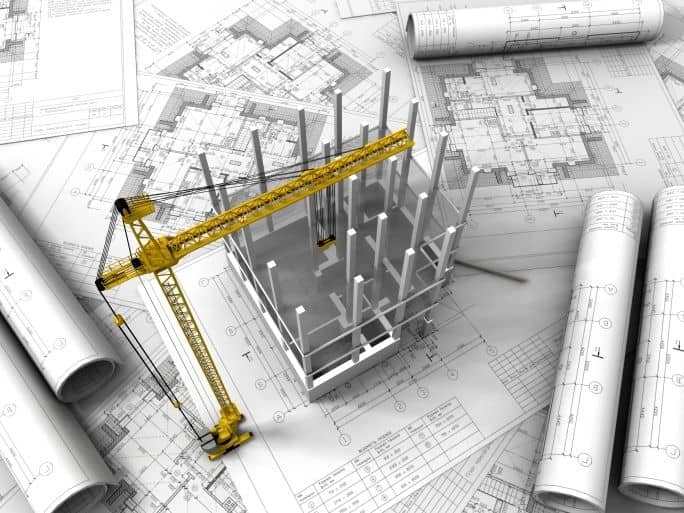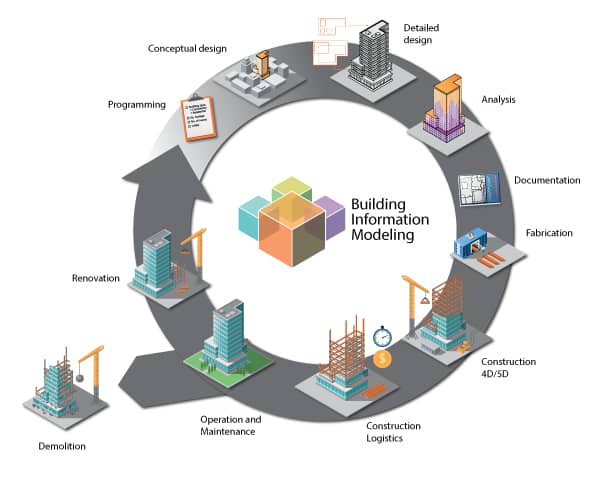BIM is not a technology. BIM applies to all aspects of the construction of a building, from the design, the estimation, the supply chain, the delivery of goods during the build, the building process, the resource allocation, the productivity requirements to meet targets and on in to the post-handover phase through Facilities and Asset Management.

Building information modeling (BIM) is a collaborative way of working, which provides everyone working on the project with accessible, accurate data. It leads to better communication, greater efficiency, more precise programmes and estimating and reduced risk.
When we think of BIM, we often think of better design coordination and improved constructability. But the real value can come after handover, when the owner or facility manager receives a complete and accurate set of information.
BIM use in complex projects is a great tool. BIM is capable of positively impacting all phases of a project life-cycle. BIM significantly enhances the project team’s ability to collaborate and use other innovative tools, from prefabrication to virtual models in the field.
With the support of a BIM coordinator, project managers can significantly improve quality, efficiency and schedule certainty for the principal.

A single, connected model improves communication within the design and construction teams and the parametric elements of the model create a robust database. The building owner and facility manager can utilize the data within the model during the occupation of the building. Harvesting the information in that database can help everyone be more efficient and also create new opportunities for revenue expansion. Modeling, instead of drawing, is the new paradigm, fostering new cooperation, innovation and building life-cycle savings.
We see BIM as an excellent tool to reduce risk, manage costs, and optimize schedules on complex building projects.
We have used BIM to develop the design of several complex projects over the recent years.
We have our own BIM servers and our team is extensively experienced in efficiently establishing an integral collaboration in the BIM model.
Results of using BIM are impressive:
- 20% reduction in build costs
- 30% reduction in costs over the lifetime of the building
- 30% to 40% reduction in risk, better predictability of outcomes
- 40% to 60% increase in the overall project quality
- 45% to 65% reduction in conflicts and re-work during construction.
Lean construction management applies the successful principle of lean management to construction projects and building sites.
The construction itself and the delivery or building process should be planned including all those involved, aiming at maximizing value, reducing lead times while reducing waste in complex projects.
The focus is on the whole projects and not on just speeding up individual steps or reducing individual costs, that might lead to increased costs elsewhere and on stimulating a long term scope and creating a partnership with those involved.
Besides control of processes, LCM also focuses on optimization of site logistics.
We understand lean construction as the “way to design production systems to minimize waste of materials, time, and effort in order to generate the maximum possible amount of value”.
